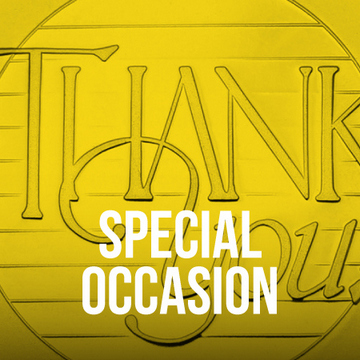
Obviously the requirements for Whitman Publishing’s 100 Greatest United States Coins list includes rarity. How could it not? Among popularity and condition, those that voted this list into existence most likely weighed rarity the most important. That makes a lot of sense for a lot of the coins to make this fourth edition publication and in the next coin’s case, all the sense. With help from author Jeff Garrett, we take a journey all the way back to the United States’ first production years and the introduction of not just a new coin, but a new denomination!
#76 - 1796 Draped Bust Quarter Dollar
First year of issue, first year of the denomination, one year coin, and low mintage. These are all the attributes of the 1796 Draped Bust Quarter Dollar with the Small Eagle Reverse. No doubt, those are also the reasons it was voted into the top 100 list. But while all those things are simple, those occurrences resulted from more complexity than realized. According to the author, the rarity of the coin is a combination of a few things: United States Mint priorities, demand, and what metal was available for production.
Priorities in 1796 as far as Mint production laid heavily with the minting of large cents. Silver dollars, dimes, half dimes, half eagles and then the quarter dollars and other denominations were next. The quarter dollar denomination was brand new and because of that, the demand for the 1796 quarter dollar was not requested by silver bullion depositors as it was not a thought for them. Only 6,146 were struck in that first year before the reverse would change to the Heraldic Eagle Reverse.
A lot of these coins were circulated, but there were a number of them preserved in higher grades. One of these found in a Mint State condition was a part of the Eric Newman collection. It was certified by NGC in a MS67 and sold in November 2013 for $1,527,500.
Historic market value for the 1796 Draped Bust Quarter Dollar with the Small Eagle Reverse was $1,250 in an Extremely Fine condition. By this fourth edition publication (2015), it rose to $50,000.







